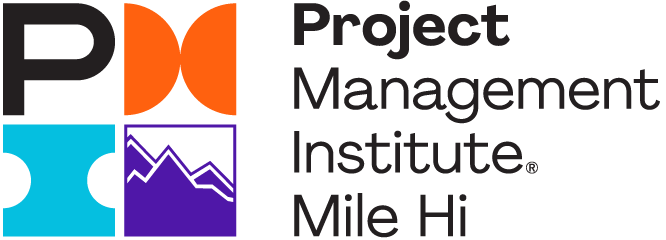25 July 2022 at 07:15PM
Good Governance and the PMO
Successful leadership is impossible without good governance.
In business transformation and project leadership, the question is “What is good governance?” As usual, the answer is “it depends.” Governance is established to boost success, reduce cost, and mitigate risk, essentially to increase the good an organization can produce. When governance doesn’t meet business requirements or isn’t embraced by the organization, it becomes a bureaucracy with little value. So how do you make sure your project management office (PMO) promotes good governance?
Start with What You Need
A PMO means different things to different organizations. There are several possible definitions based on the scope of the PMO’s governance (e.g., project specific, department, or enterprise) and the function of the PMO, in terms of services provided.
The first request from leaders for a PMO often starts with a critical business initiative that needs to be executed. Your company just won a major contract; you’re implementing a new ERP system; or new regulations need to be applied to policies, processes, and procedures across the company. You launch your business initiative with an operating PMO focused on this single program or project. This initial PMO offers services such as:
- Managing the end-to-end project lifecycle: Initiate, Plan, Execute, Monitor, Close
- Providing skilled PM resources and tools
See this Small/Medium (SMB) Transformation Case Study to learn some critical success factors for launching an operating PMO.
Expand Use
While successfully managing the project requirements for a major business initiative, you develop templates for project planning, status reporting, checklists and more. You’ve likely started using various project management tools to increase PM efficiency and have developed relationships across the organization to manage resource requirements and dependencies. Leadership has become accustomed to the governance and status reporting that has been done for this initiative.
At this point, you have an opportunity to expand the use of both the project management toolset and the relationships built across the enterprise. By taking what has worked for a major project, standardizing and leveraging those to other business projects, you provide greater value to your organization.
Leaders recognize this as a great business case for leveraging investments already made, and the result is a tactical PMO. This type of PMO can be used by a department or an entire enterprise to increase the efficiency of business projects with services such as:
- Setting documentation requirements
- Standardizing templates, tools, and systems
- Reporting project status in a consistent way to upper management
- Providing PM training and mentoring
- Defining PM methodologies to be used
Lead Strategically
As you lead major business initiatives, senior leaders become aware of interdependencies and the resources that need to be allocated and aligned across organizational silos to achieve business goals. They want greater transparency on the prioritization of investments and projects, and as a result, a more strategic PMO is needed. A strategic PMO is usually led at an enterprise level but may be used for a department in a large company. This type of PMO provides services such as:
- Participating in strategic planning to define and prioritize the project portfolio
- Providing information to upper management for decision-making
- Managing the implementation of strategy
- Monitoring portfolio performance
Another aspect of PMOs can be the degree of control that the PMO leader has in setting standards and direction. For example, the PMO team might simply advise and support the organization or alternatively might have significant control and authority in how the organization manages projects.
Ultimately, the PMO needs to be defined based on the organization’s current need.
Stay Relevant
In my reading, I’ve found two good resources on how to evaluate and evolve your PMO to keep it relevant.
- The Project Management Institute (PMI) has some good material developed with Capgemini about the Next Generation PMO and the accelerated evolution from tactical PMOs to strategic PMOs. Capgemini (2018). The Next Generation PMO.
- Also on the PMI website is a conference paper on How to make your PMO survive. This paper introduces the PMO Value Ring framework with eight steps to ensure your PMO generates value for your organization. Pinto, A. (2015). “How to Make Your PMO Survive.” Paper presented at PMI® Global Congress 2015—North America, Orlando, FL. Newtown Square, PA: Project Management Institute.
Also used for this blog were ideas from Pinto, A. (2012). “How to Assess the Maturity of a PMO.” Paper presented at PMI® Global Congress 2012—North America, Vancouver, British Columbia, Canada. Newtown Square, PA: Project Management Institute.
Additional Resources
Interested in learning more about topics like this one? Check out upcoming events on our chapter calendar. Sign up for one of our upcoming meetings, roundtables, or workshops – a selection of which are virtual. Earn your PDUs through PMI Mile Hi Chapter!
About the Author
Annette Leazer is a business transformation coach focused on creating more effective operations and greater business value. Both vision and execution are key to motivate people to transform work. She guides leaders to develop transformation vision and strategy, structure implementation projects and roadmaps, and mentor project teams to be successful. Her blog and newsletter share transformation tips, resources and best practices. Did you find this tip helpful? Subscribe to my Transformation Tips newsletter!



